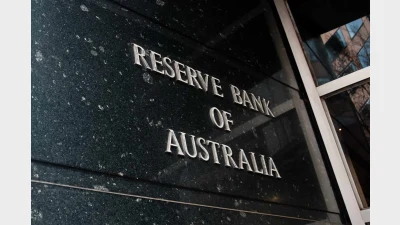NAB/MLC retained grandfathering to retain planners



NAB/MLC decided to pursue keeping grandfathered payments to financial planners as part of a successor fund transfer (SFT) process because of its concern that planners and their clients would take their business elsewhere, the Royal Commission was told today.
Giving testimony before the Royal Commission into Banking, Superannuation and Financial Services, former MLC/NAB executive, Paul Carter acknowledged that it had been open to NAB/MLC to abandon the grandfathered payments, but it had chosen not to.
He said that this was because of the contractual arrangements with the planners and the likelihood the planners would be dissatisfied and take their business elsewhere.
However, Carter later acknowledged under questioning from counsel assisting the Royal Commission, Michael Hodge QC, that contractual arrangements with the planners would not have been an issue for the trustee of the fund, NULIS.
Hodge asked whether, given advisers’ best interest obligations, it would have been wise to move clients out of commission arrangements.
Carter said he believed the two positions could be reconciled because of the MLC products were available to the clients.
Seeking clarification of what had occurred, the Royal Commissioner, Kenneth Hayne sought clarity from Carter around what had been pursued was a platform transfer rather than a successor fund transfer.
Recommended for you
Superannuation funds have posted another year of strong returns, but this time, the gains weren’t powered solely by Silicon Valley.
Australia’s $4.1 trillion superannuation system is doing more than funding retirements – it’s quietly fuelling the nation’s productivity, lifting GDP, and adding thousands to workers’ pay packets, according to new analysis from the Association of Superannuation Funds of Australia (ASFA).
Large superannuation accounts may need to find funds outside their accounts or take the extreme step of selling non-liquid assets under the proposed $3 million super tax legislation, according to new analysis from ANU.
Economists have been left scrambling to recalibrate after the Reserve Bank wrong-footed markets on Tuesday, holding the cash rate steady despite widespread expectations of a cut.









